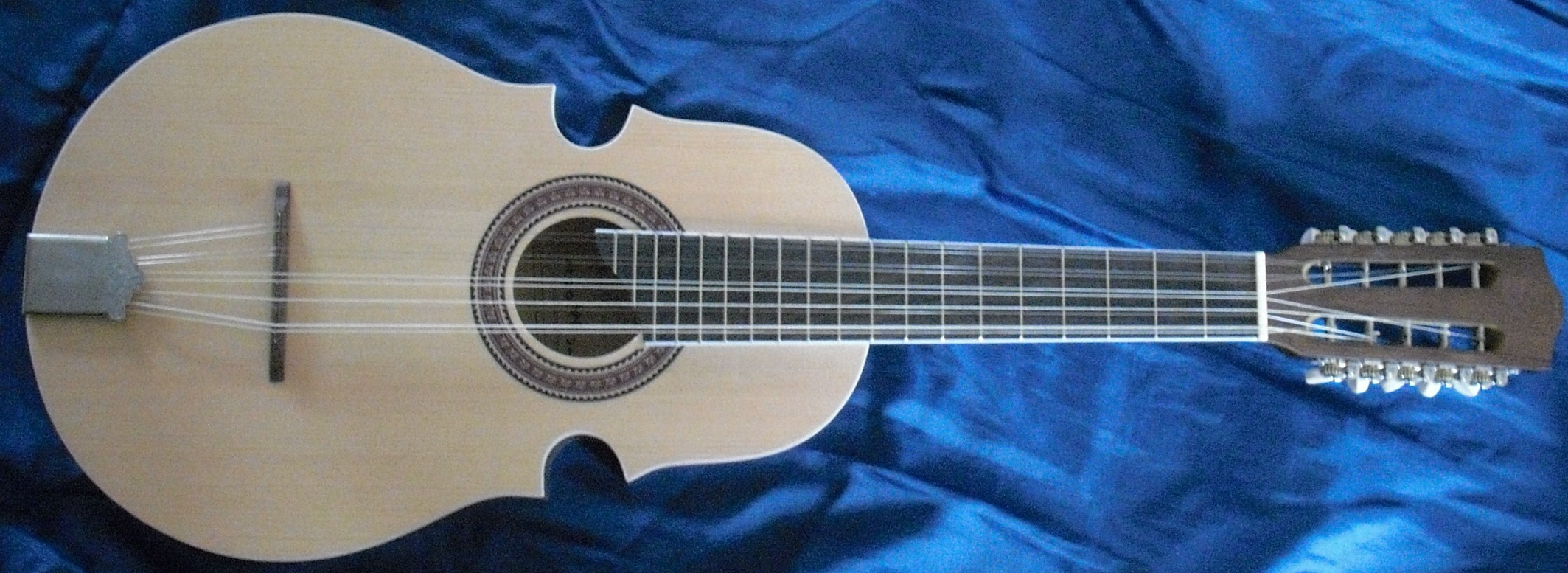By Judith Kelliher
MassLatinoNews.com
NORTHAMPTON—Since 1992, master stringed instrument-maker William R. Cumpiano has devoted part of his time to preserving and promoting his native Puerto Rico’s national instrument—the cuatro—whose history up until then had only been captured in the minds and music of Puerto Ricans.
The cuatro’s history is actually part folklore, and Cumpiano and his researchers say, part an evolution of two distinctive, unique instruments which coexisted during the first half of the last century . Those two instruments differed in the number of their strings, their tuning, their size, their shape, and their musical function.
The cuatro was once an “indispensable part of the Puerto Rican daily life,” including being played at wakes, harvest festivals and political campaigns, Cumpiano said. The instrument became iconic in Puerto Rico, much like the bagpipe and the harp were iconic for the Scottish and Irish, respectively, he said.
But while it had played a significant role in Puerto Rico’s history, its popularity was fading in modern times. Cumpiano wanted to preserve and promote the music and musical-craft traditions that surround what he calls the “national instrument” of the island, which was created in the 18th century in the central mountainous region of the island by the Puerto Rican ‘jibaros’, countrymen.
William Cumpiano, cofounder and coordinator of the Cuatro Project, as well as a master stringed instrument-maker.
To preserve the cuatro’s history, Cumpiano created the nonprofit Puerto Rican Cuatro Project about 10 years ago. Its goal is to explore how the cuatro evolved, its role in traditional music, how its musical role changed over the centuries and why do Puerto Ricans love their cuatros?
He was joined by award-winning New York Times photojournalist Juan Sotomayor, who served as principal researcher, and Wilfredo Echevarria, a media communications expert, who handled the project’s documentary videos and graphic arts.
“When we found that literally there had been no field work done…
Finish reading Preserving A Part of Puerto Rican History – The “Cuatro”




